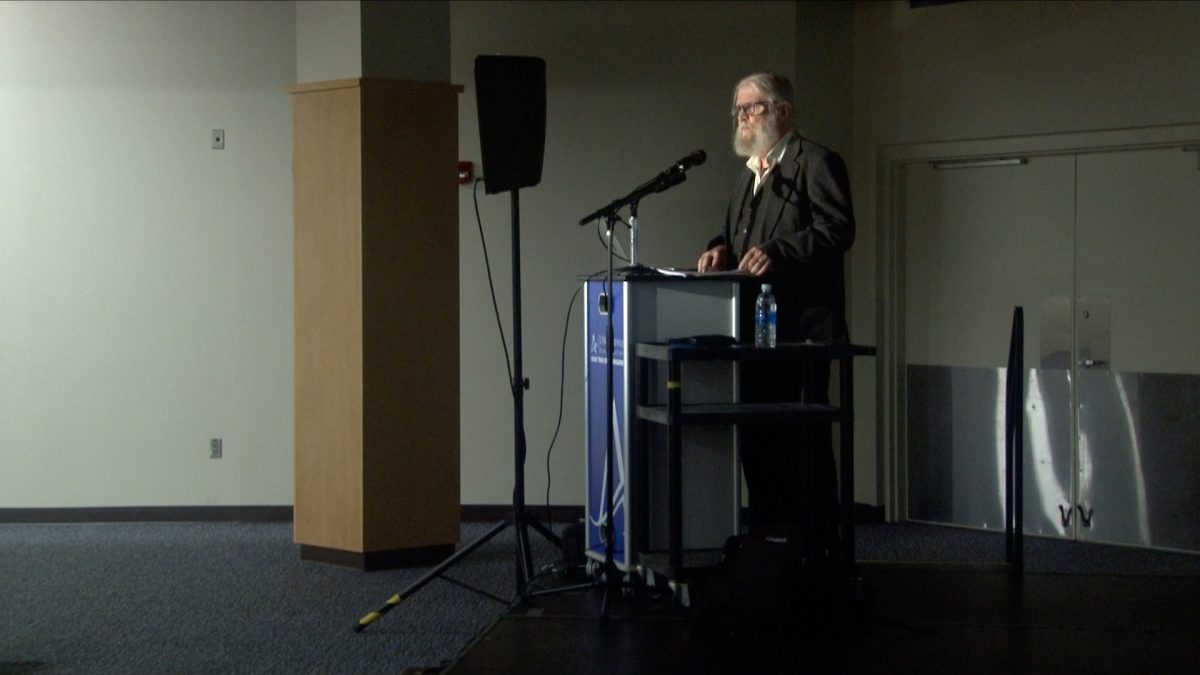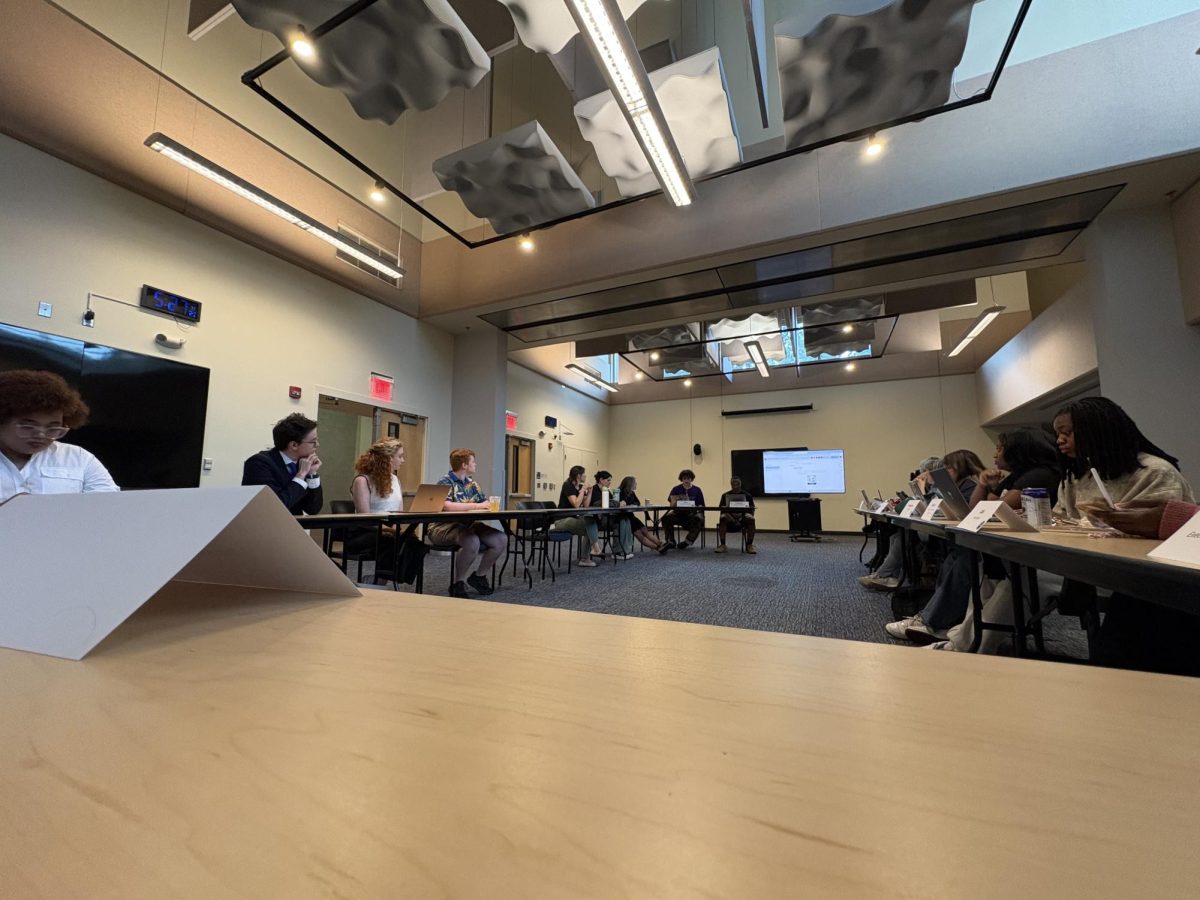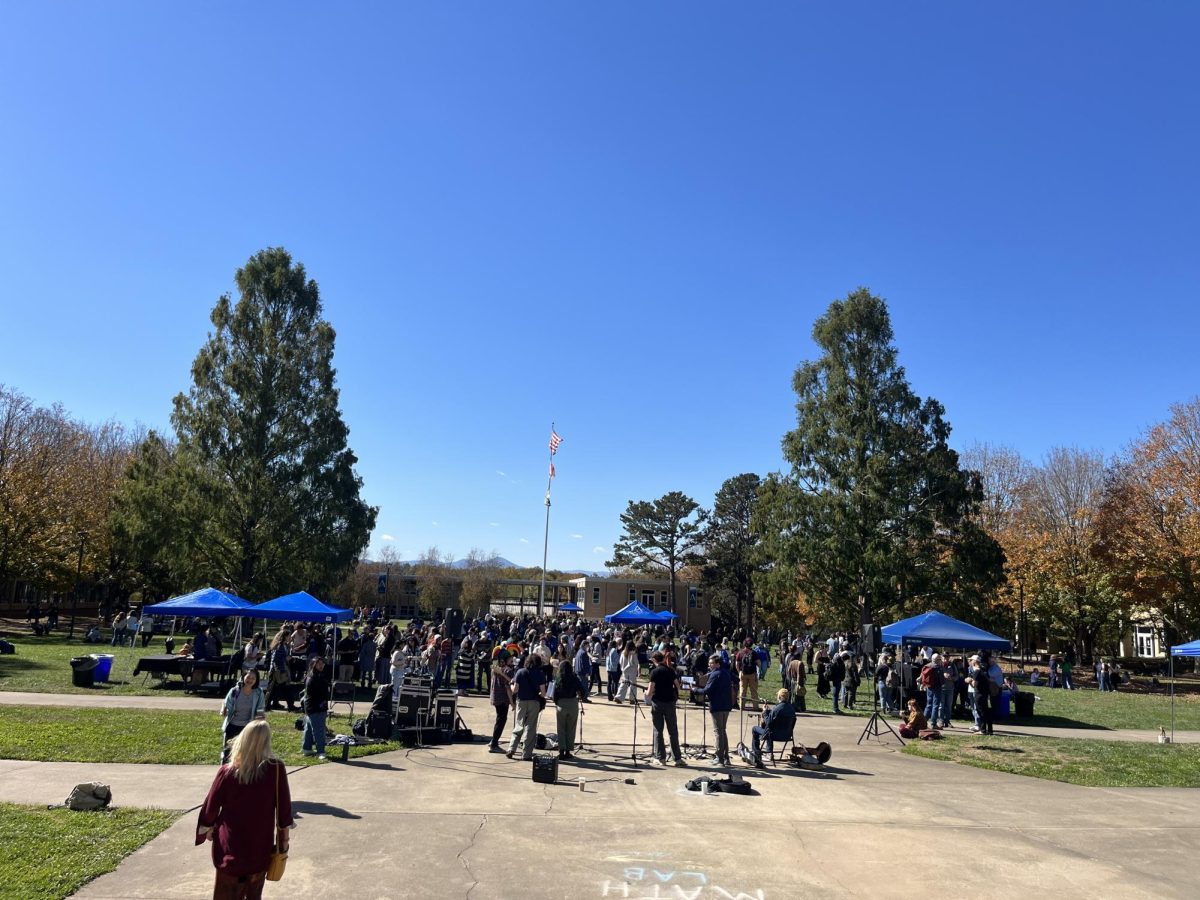Two-way grading: The role and dilemma of student feedback
April 28, 2023
With the end of the semester drawing near, UNC Asheville students have received their student feedback on instruction forms. These forms give students the opportunity to give feedback to their professor and give the department as a whole a glimpse of what the classroom is like.
Student feedback is incredibly important, but often overlooked. It helps both professors and the institution adjust their curriculum and teaching styles, in addition to giving students a meaningful voice in a low-pressure fashion. There aren’t very many outlets for this type of feedback in a direct, private way.
Perhaps one of the most well known outlets for student feedback is RateMyProfessors.com, a website where students can give detailed reviews of the professors they’ve had. These reviews are public, and show stats such as overall ratings out of five, class difficulty and the percentage of people that would take a professor again.
A large portion of my friends at UNCA use RateMyProfessors as a resource when deciding which professors to take classes with. I’ve used it myself on numerous occasions; the wealth of information on each professor is certainly informative.
While I do feel that RMP can be a useful tool, it has some drawbacks that are not often discussed, surely due to its lack of competition and fundamental shortcomings. In general, any sort of public opinion sourcing where the user self-selects to participate is prone to yielding skewed results, or at least results which may not accurately reflect the average person’s line of thinking. I know so many people who use RMP for guidance, but I know exactly zero who write reviews for their professors, even when they experience the absolute best or worst outcome in the class in question.
Sample size can also be a prominent factor. Some professors have only five to 10 reviews, and each one of those reviews could be carrying a massive amount of weight due to the disproportionate ratio between those who write reviews and those who solely consume the already written reviews in their decision-making process.
In addition, this feedback is not going directly to the professor or the school. While it can help other students in their decision-making process, it doesn’t usually lead to any sort of change unless the institution and professors are well-attuned to this third-party website.
Despite these potential flaws, there really isn’t any other way of getting such a concise sneak peek of a professor. The school-sponsored Student Feedback on Instruction surely yields much more accurate results – but these results aren’t public, it’s purely internal data.
So, what is a student to do? Truthfully, RMP is a useful tool in my opinion, though it shouldn’t be the only resource that shapes your view.
I would encourage students to truly put effort into their SFI forms. Our voices need to be heard for the sake of everyone involved. If you feel so inclined, a thorough review on RMP would not necessarily be a bad idea either. Sharing your earnest opinion will only accomplish good things for yourself, your professors and those who come after you.


















